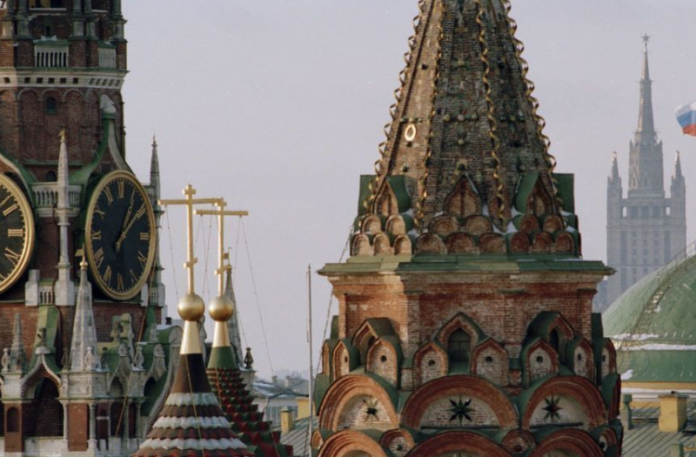An article in the Financial Times opines on the legality of seizing Russia's frozen assets and transferring them to Ukraine as a response to the Russian invasion. The author of the column, Simon Hinriksen, argues that gross violations of international law require an adequate response, and reparations must be consistent with historical precedent.
The European Union and the United States are considering the possibility of withdrawing the frozen assets of the Russian Federation and transferring them to Ukraine. This decision is supported by historical precedents of confiscation of assets during military conflicts and distribution of reparations after their conclusion.
The journalist emphasizes that this decision may cause concern about the possible consequences for the financial system, but considers it an effective measure in the context of the conflict. He points out that even countries that previously kept their reserves in dollars and euros may begin to see them as dangerous.
The historical norm is the demand for reparations from a country that has violated international law. In the case of Ukraine, which already has a register of losses, it is quite possible to demand compensation that will correspond to the degree of damage caused.
The only underlying issue remains the amount of compensation. Based on estimates, the size of Russian assets frozen in Europe and the USA may amount to about $300 billion. When using historical standards of war reparations, this amount may become realistic.
It is fair to note that the UN recognized the need for Russian responsibility and reparations. The EU and the US have every reason to confiscate Russian assets and use them to pay Ukraine.


